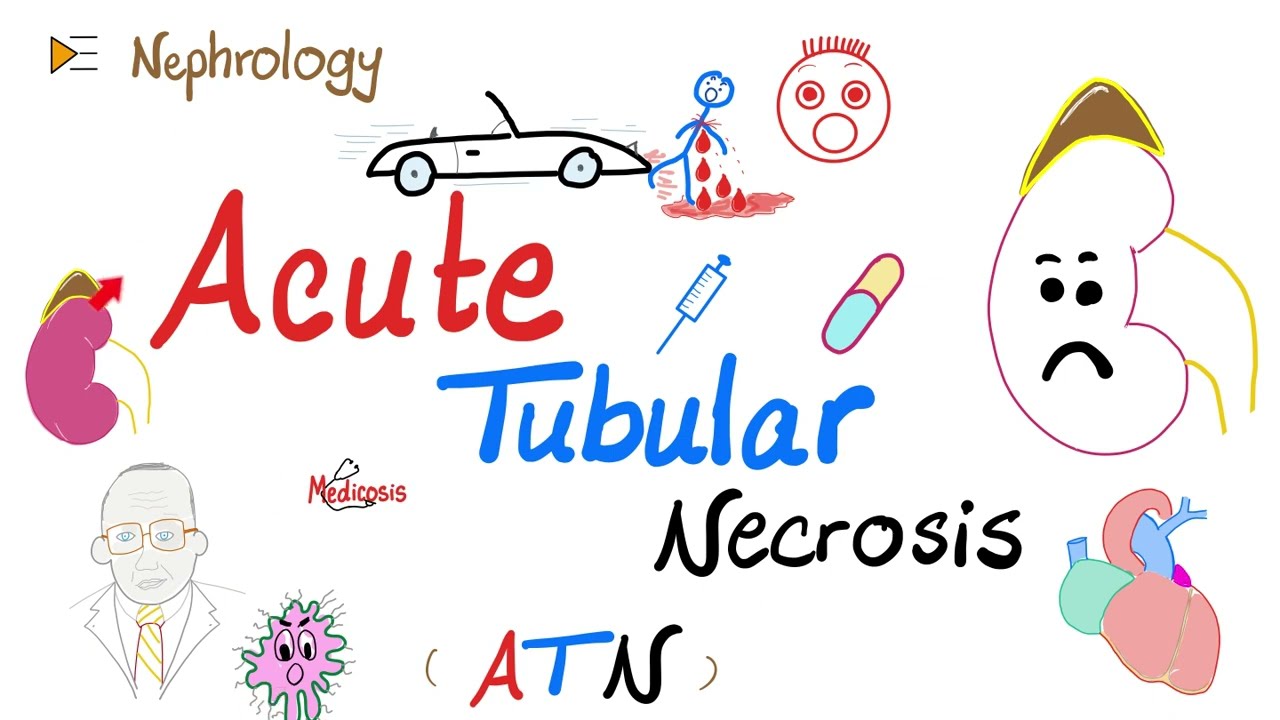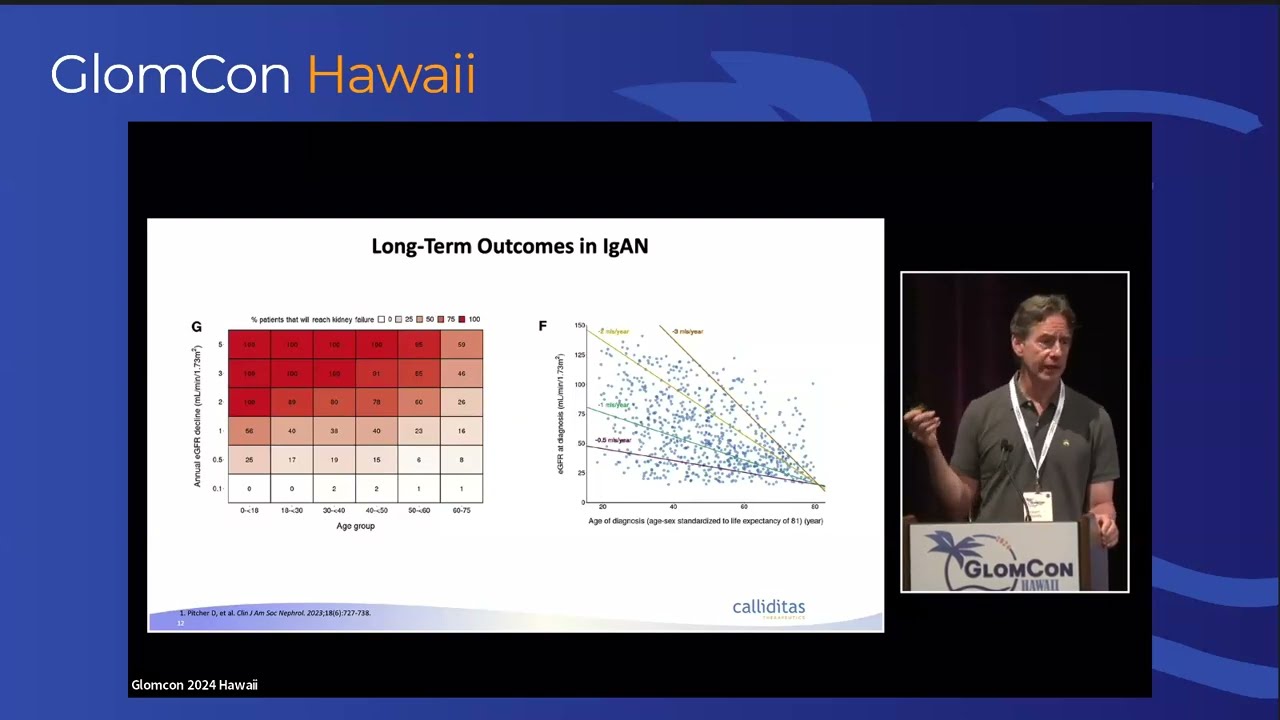NEW YORK (Reuters Health) – Percutaneous balloon angioplasty with stenting of renal artery stenosis (RAS) added to medical therapy reduces the need for antihypertensive medication slightly, but otherwise has no effect on clinical outcomes, the results of a new meta-analysis indicate.
“Although surgical revascularization has not been shown to be superior to medical management in patients with significant RAS and resistant hypertension, it is unclear if this is true for percutaneous revascularization as well,” Dr. Samir R. Kapadia, with the Cleveland Clinic, Ohio, and colleagues note in their paper in the March issue of the American Heart Journal.
To investigate, they identified six randomized controlled trials that compared percutaneous revascularization in addition to medical therapy versus medical management alone in a total of 1208 patients with renal artery stenosis.
The pooled data showed that over a mean follow-up of 29 months there was no significant difference between the percutaneous intervention arm and the medical therapy arm in the change in systolic blood pressure (weighted mean difference 1.20 mm Hg) or in the change in diastolic blood pressure (weighted mean difference -1.60 mm Hg), according to the report.
However, the mean number of antihypertensive medications was 0.26 lower in the percutaneous intervention group than in the medical management group (p=0.001), the investigators found.
That was the extent of the benefit. Percutaneous revascularization compared with medical management was not associated with a significant difference in all-cause mortality, congestive heart failure, stroke, or worsening renal function, Dr. Kapadia and colleagues found.
They comment that it seems “counterintuitive” that stenting renal artery stenosis and thus improving renal blood flow does not improve renal function. One explanation, they suggest, may be that kidney dysfunction is often a result of microvascular kidney disease rather than macrovascular atherosclerotic renal artery stenosis.
Other explanations for the relative lack of benefit of percutaneous revascularization may be the rate of periprocedural complications, and improvements in medical management.
Whatever the reasons, Dr. Kapadia and colleagues conclude that further studies of percutaneous renal revascularization “are needed to identify the appropriate patient population most likely to benefit from its use.”
Reference:
Clinical outcomes after percutaneous revascularization versus medical management in patients with significant renal artery stenosis: A meta-analysis of randomized controlled trials
Am Heart J 2011;161:622-630.e1.








